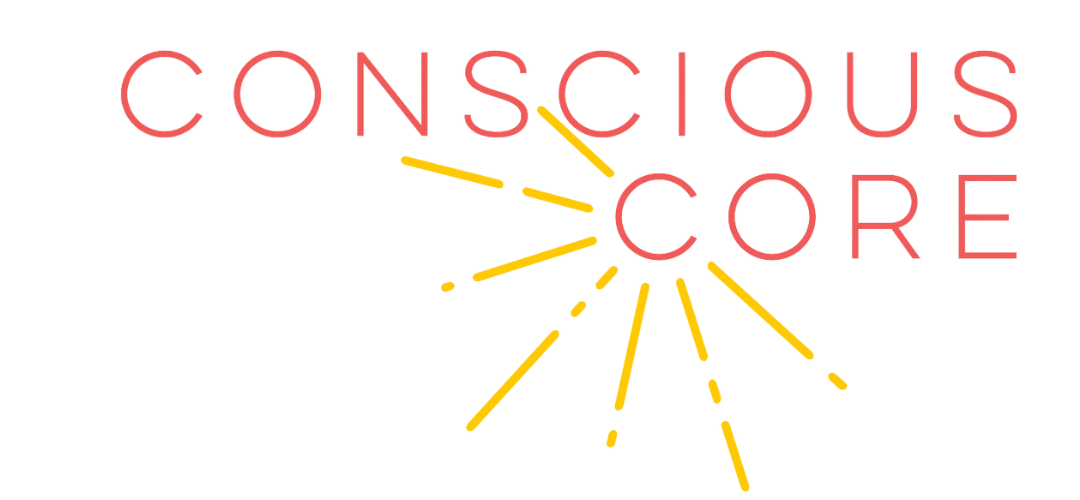Diastasis Recti Awareness Month: What it IS and What it is NOT
July is Diastasis Recti Awareness Month so I’m sharing some more info all about it!
This is a really important topic to me. It's actually one of the reasons I chose to focus my work on moms and core rehab. Because my very first client had Diastasis Recti and I had no idea what it was, even though I myself had children already. And I felt like it was completely ridiculous that so many women don't know what it is, why it matters, that it's not just cosmetic, that you shouldn't just be written off, surgery isn't the only answer, and there are things you can do to heal it. It's like a really, really big deal to me!
So now let’s talk about what it is. And what it isn’t
Share this with your momma friends. We need more women to know this stuff!
What it is.
In the simplest terms: It's a thinning of the linea alba, the connective tissue between the two sides of the rectus abdominus (RA) (6 pack muscles). This thinning and laxity of the linea alba results in a spreading between the 2 sides of the RA muscles. It can happen above, at, or below the belly button or along the entire mid-line.
This is a normal and natural occurrence during pregnancy and 100% of women have DR at delivery. Often the linea alba will heal and the distance between the abdominal muscles will reduce between 3 -6 months after delivery. When this spread or gap doesn’t close it can cause the core muscles to not activate as they should to support the weight of the organs in the abdomen (which is why we see that perpetual “pregnant” look) and effects the ability to manage Intra-abdominal pressure (which is why you see a doming or coning between the two sides of the RA muscles.
It can be a symptom of improper pressure management in the core. (more on this later)
What it is NOT
Diastasis Recti is NOT a split or hole in the abs. While it can appear this way, Diastasis Recti is not a hernia, which is an actual tear in the abdominal lining resulting in the risk of abdominal contents coming through the hole. A hernia can occur with a Diastasis Recti but they are not the same thing and one can occur without the other.
It’s also not just cosmetic as some doctors will try to tell you. Diastasis Recti is core dysfunction and can result in back pain or pelvic floor issues. It shouldn’t be discounted as purely cosmetic and something you have to just deal with or work harder to get rid (in fact that could make it worse which I will share more about in another post).
And to many people’s surprise, it does not only affect postpartum women. It is more common in women who have been pregnant but it can also occur in women who have not had children and in men too!
Stay tuned throughout the month for more info on DR. Next post I’ll share what it can look and feel like.
And if you want to get started on healing your core, check out my self-paced online programs here https://consciouscore.mykajabi.com/store
XO -
C

